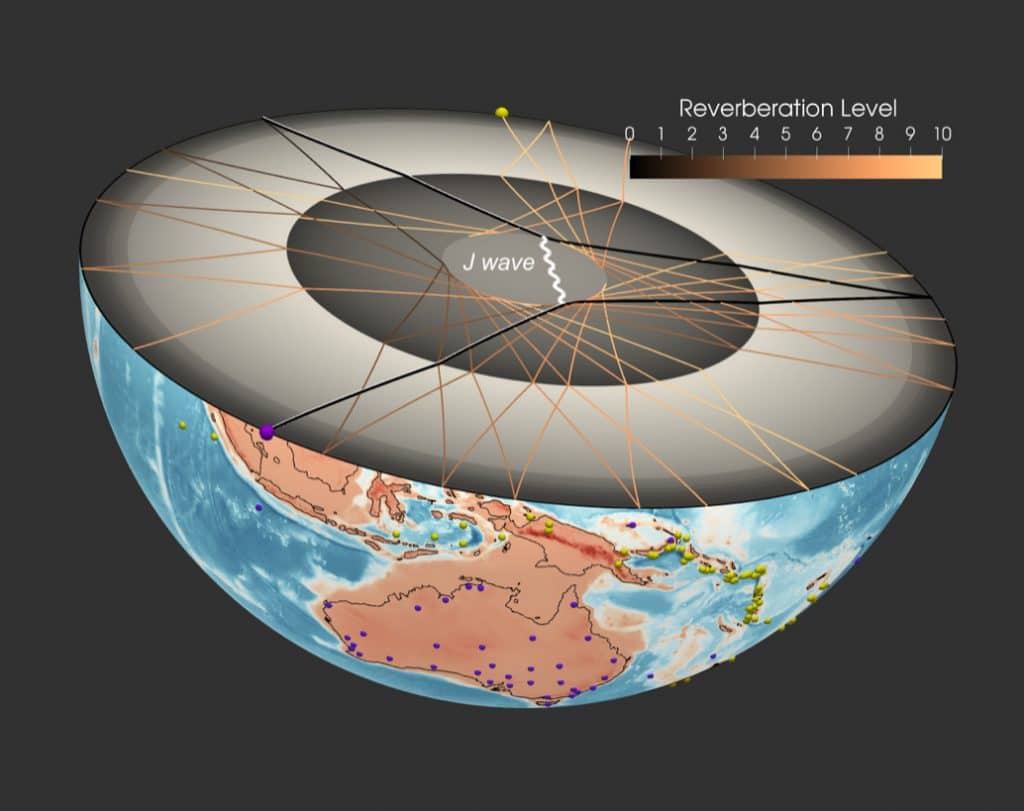Lecture by Hrvoje Tkalčić (Research School of Earth Sciences, Australian National University)
Topic: Looking Inside the Earth and Planets With Coda-Correlation
Place: GFÚ lecture hall / 3:30 pm
For more on Hrvoje’s work, see: http://rses.anu.edu.au/~hrvoje/.
Abstract
Eighty-six years have passed since discovering the Earth’s inner core and more than fifty years since our first journey to the Moon. Meanwhile, global seismology has come a long way in providing insights into Earth’s internal structure and dynamics. However, progress in imaging the Earth’s inner core – a planet within the planet – has been impeded by the lack of geometric coverage of body waves from large earthquakes. Only recently, we confirmed its innermost part contains distinct seismic anisotropy. In seeking the ways forward, we started experimenting with earthquake coda correlation. This contributed to the rise of a new paradigm – the coda-correlation wavefield. The first applications proved the inner core’s solidity by unambiguously detecting shear waves and anisotropy in shear. We then showed that a single seismograph and global-scale waveform cross-correlations between seismic events (inter-source correlation) could be used to scan planetary cores. This technique allowed us to constrain the sizes of the cores of Earth and Mars and confirmed that the Martian core is large. As I hope to demonstrate in this lecture, the coda-correlation studies – apart from further development and the proliferation of seismic sensors – may play a central role in global and planetary seismology in the coming decades.


